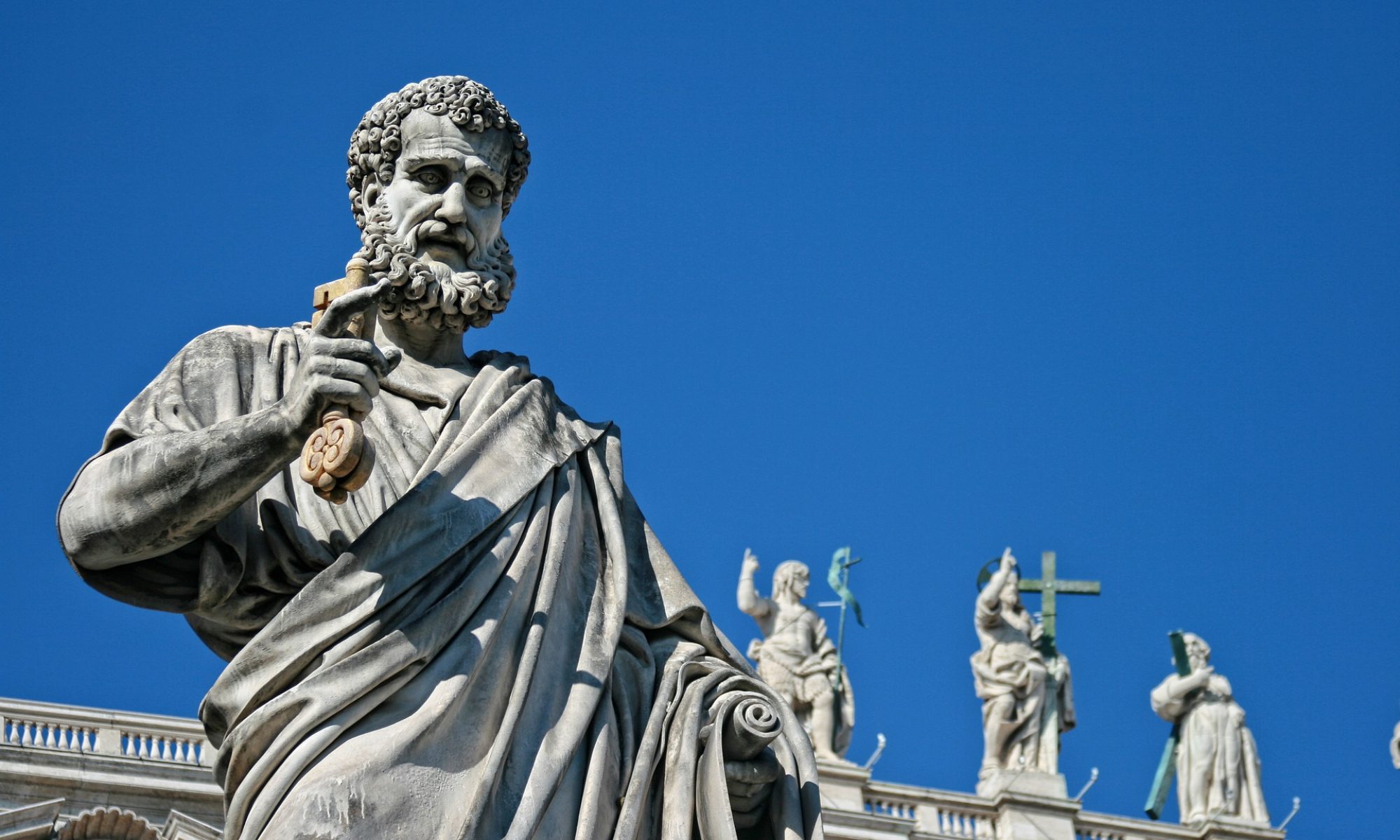In the RC liturgical calendar, this time of the year is associated with the celebration of Corpus domini (body of the Lord). The second week after Pentecost, many RC parishes organize processions in the streets whereby the crowd walks behind the consecrated host that, according to RC doctrine, is the real body of Jesus Christ. The beginnings of this solemnity go back to the Middle Age and it revolves around two tenets: the need to take the body of Christ out into the city in order to show forth His presence, and the need to expose it to public adoration. The solemnity of Corpus domini is a microcosm of RC doctrine and practice. It is a spiritual and public event. It has aesthetic and liturgical overtones. It combines sacramental theology and folk religion. It mingles mystical and social aspects. It is traditional, yet still appealing in many parts of the world. It wants to be Christ-exalting, but in ways that many Christians find embarrassing, if not totally unbiblical. It is Roman Catholicism in a nutshell.
What is Eucharistic adoration?
Central to Corpus domini is the Eucharistic adoration. Here is how the Catechism of the Catholic Church explains it: “The Catholic Church has always offered and still offers to the sacrament of the Eucharist the cult of adoration, not only during Mass, but also outside of it, reserving the consecrated hosts with the utmost care, exposing them to the solemn veneration of the faithful, and carrying them in procession” (n. 1378). After consecration, the host becomes the body of Christ and therefore His real presence is to be found in it and the faithful are to worship the transubstantiated host. Generally speaking, Eucharistic adoration takes place in church buildings whereby people bow down in prayer before the ostensory, but occasionally (as it is the case with Corpus domini) the same ostensory is taken out in procession and displayed publically. The whole logic is governed by a syllogism of the following type:
- Premise 1. Jesus Christ is to be adored.
- Premise 2. The consecrated host is the Body of Christ really present.
- Conclusion: Eucharistic adoration is commended.
The syllogism works fine if premises 1 and 2 are true. The problem is that, biblically speaking, Premise 1 needs to be qualified by adding “in spirit and truth” (John 4:23). We are called to worship Jesus as He desires to be worshipped, and as His word teaches us to do. Premise 2 is discussed even in Protestant circles. What it means for Christ to be present in the Lord’s Supper is debated, but even a “realist” understanding of His presence should be qualified by the second commandment that tells us that God cannot be worshipped through images and objects (Exodus 20:4-6).
Adoration outside of Sola Scriptura
Eucharistic adoration, therefore, stems from the RC doctrine of the real presence of Jesus, which does not recognize Sola Scriptura (Scripture alone) as its governing principle. Eucharistic adoration is just one of the examples (one may think at Mariology, papal infallibility, etc.) that mirrors the way RC dogma has developed historically. A partially true statement is coupled with an additional biblical statement that is unclear. The syllogistic conclusion is far from being Scriptural. The intention (in this case, the adoration of Jesus Christ) is commendable, yet the outcome contradicts it if tested by the standards of Scripture.
A special gift for Benedict XVI
This year’s solemnity of the Corpus domini week is characterized by a special event: on June 29, 1951, Joseph Ratzinger became a priest and this year marks the 60th anniversary of his ordination to the priesthood. In order to celebrate, the Sacred Congregation for the Clergy (the Vatican department overseeing priests and deacons) has encouraged the 3,100 RC dioceses around the world to dedicate 60 hours of Eucharistic adoration each as a gift to Benedict XVI. The total amount of hours of Eucharistic adoration offered to the Pope will be 186,000. It is anticipated that Benedict XVI will be moved by such a gift that reflects so well many different strands found in RC, and reinforces his “affirmative” agenda of traditional RC.
Leonardo De Chirico
leonardo.dechirico@ifeditalia.org
Rome, 1st July 2011

